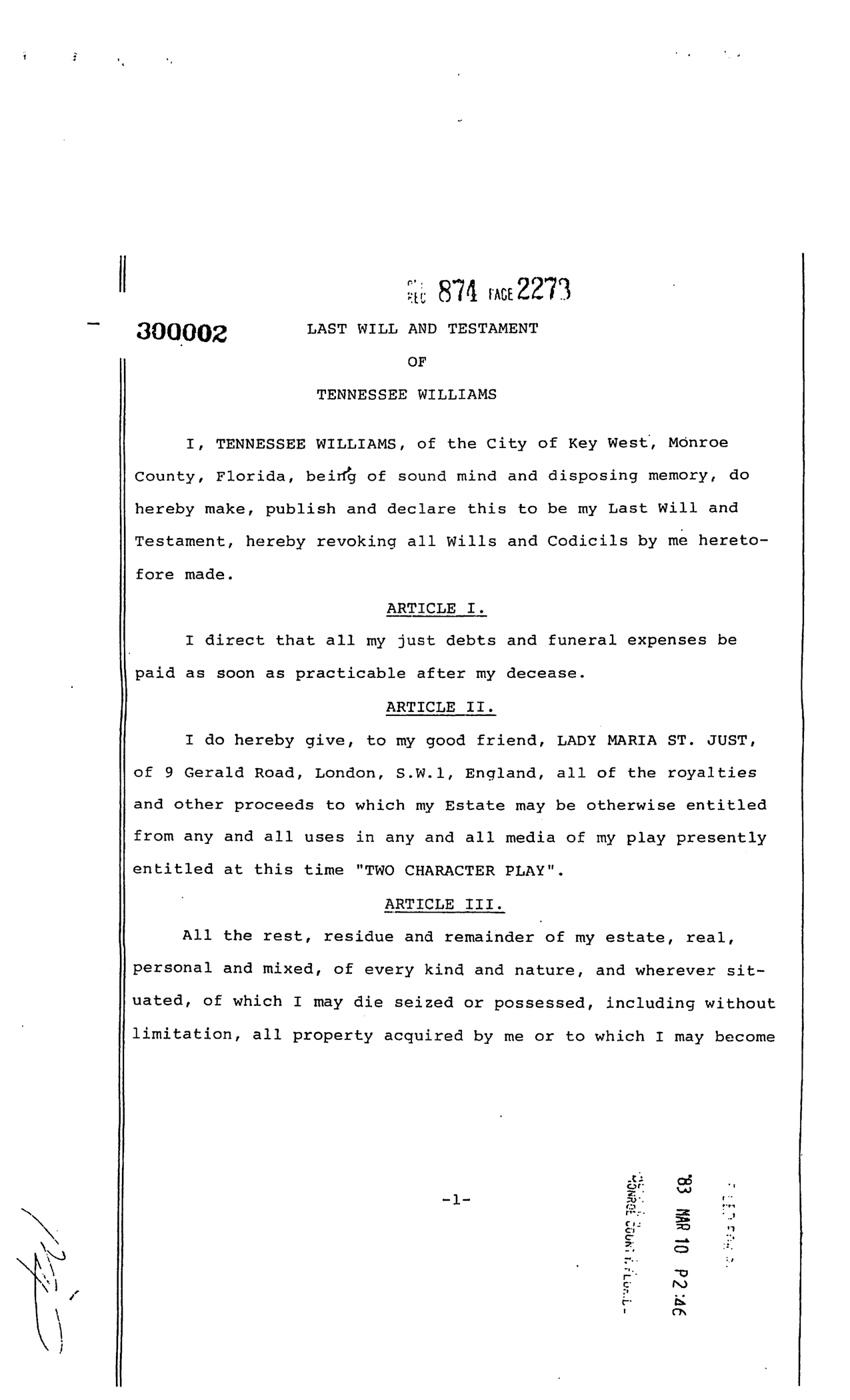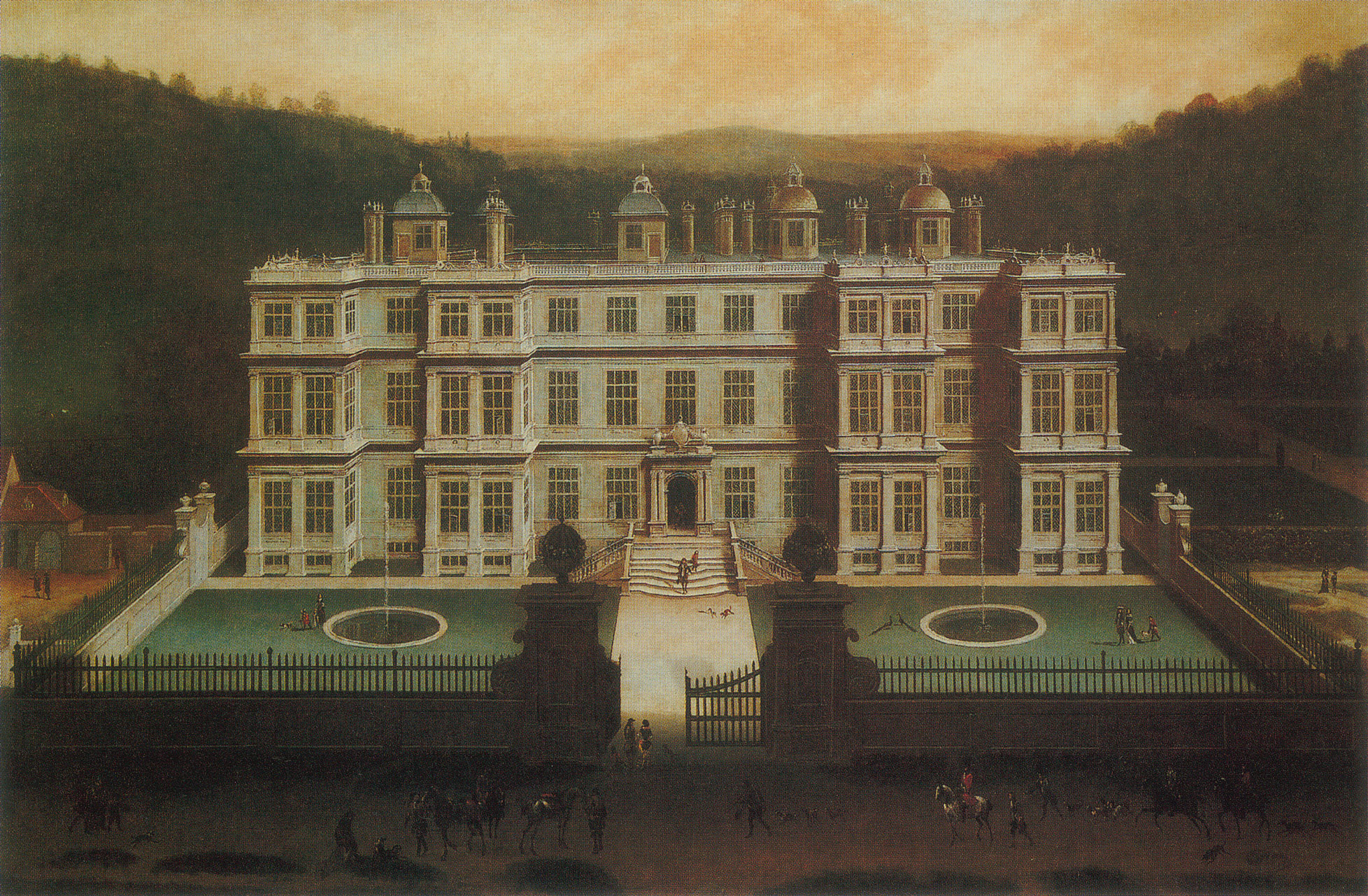|
James Mervyn
James Marvyn (1529–1611), of Fonthill Gifford, Wiltshire, was an English politician. Family He was the eldest son of Sir John Marvyn (1503–1566) of Compton Bassett and Sherborne, Dorset and his first wife Jane, daughter of Phillip Baskerville, and widow of William Peverell of Bradford Peverell. He married firstly (by 1566) Amy Clarke, daughter of Valentine Clarke and Elizabeth Bridges, by whom he had one daughter, Lucy. He married secondly (by 1601) Deborah Pilkington, widow of Walter Dunch MP (died 1594) and daughter of James Pilkington, Bishop of Durham and Alice Kingsmill. Through Deborah he gained a life interest in Avebury manor in Wiltshire, and in 1601 he built or rebuilt the south range of the manor house there. Lucy married George Tuchet, 1st Earl of Castlehaven and had seven children, including Mervyn Tuchet, 2nd Earl of Castlehaven and Christian, her grandfather's principal heiress, who married her distant cousin Sir Henry Mervyn and was the mother of the ... [...More Info...] [...Related Items...] OR: [Wikipedia] [Google] [Baidu] |
Fonthill Gifford
Fonthill Gifford is a village and civil parish in Wiltshire, England, to the north of the Nadder valley, west of Salisbury. History The name of the village and parish derives from the Giffard family, landowners, beginning with Berenger Giffard who was lord in 1086. The Marvyn family were lords of the manor from the fifteenth to the seventeenth century. Among them were Sir John Marvyn (c.1503–1566), MP and High Sheriff, who purchased the adjoining Compton Bassett manor; and his son James (1529–1611), also MP. Fonthill then passed by marriage to George Tuchet, later Earl of Castlehaven. His son Mervyn was executed in 1631, and in the next year the estate was granted by the king to Baron Cottington, ambassador and Chancellor of the Exchequer. Apart from an interruption during the Civil War the estate continued with the Cottingtons until sold to William Beckford, future Lord Mayor of London, in 1745. His son, also William, built the grandiose Fonthill Abbey but was o ... [...More Info...] [...Related Items...] OR: [Wikipedia] [Google] [Baidu] |
Will And Testament
A will or testament is a legal document that expresses a person's (testator) wishes as to how their property ( estate) is to be distributed after their death and as to which person ( executor) is to manage the property until its final distribution. For the distribution (devolution) of property not determined by a will, see inheritance and intestacy. Though it has at times been thought that a "will" historically applied only to real property while "testament" applied only to personal property (thus giving rise to the popular title of the document as "last will and testament"), the historical records show that the terms have been used interchangeably. Thus, the word "will" validly applies to both personal and real property. A will may also create a testamentary trust that is effective only after the death of the testator. History Throughout most of the world, the disposition of a dead person's estate has been a matter of social custom. According to Plutarch, the written will was ... [...More Info...] [...Related Items...] OR: [Wikipedia] [Google] [Baidu] |
People From Wiltshire
A person ( : people) is a being that has certain capacities or attributes such as reason, morality, consciousness or self-consciousness, and being a part of a culturally established form of social relations such as kinship, ownership of property, or legal responsibility. The defining features of personhood and, consequently, what makes a person count as a person, differ widely among cultures and contexts. In addition to the question of personhood, of what makes a being count as a person to begin with, there are further questions about personal identity and self: both about what makes any particular person that particular person instead of another, and about what makes a person at one time the same person as they were or will be at another time despite any intervening changes. The plural form "people" is often used to refer to an entire nation or ethnic group (as in "a people"), and this was the original meaning of the word; it subsequently acquired its use as a plural form of per ... [...More Info...] [...Related Items...] OR: [Wikipedia] [Google] [Baidu] |
1611 Deaths
Events January–June * February 27 – Sunspots are observed by telescope, by Frisian astronomers Johannes Fabricius and David Fabricius. Johannes publishes the results of these observations, in ''De Maculis in Sole observatis'' in Wittenberg, later this year. Such early discoveries are overlooked, however, and the first sighting is claimed a few months later, by Galileo Galilei and Christoph Scheiner. * March 4 – George Abbot is enthroned as Archbishop of Canterbury. * March 9 – Battle of Segaba in Begemder: Yemana Kristos, brother of Emperor of Ethiopia Susenyos I, ends the rebellion of Melka Sedeq. * April 4 – Denmark-Norway declares war on Sweden, then captures Kalmar. * April 28 – The ''Colegio de Nuestra Señora del SantĂsimo Rosario'' is established in Manila, the Philippines (later renamed Colegio de Santo Tomas, now known as the University of Santo Tomas). * May 2 – The Authorized King James Version of the Bible is ... [...More Info...] [...Related Items...] OR: [Wikipedia] [Google] [Baidu] |
1529 Births
Fifteen or 15 may refer to: *15 (number), the natural number following 14 and preceding 16 *one of the years 15 BC, AD 15, 1915, 2015 Music *Fifteen (band), a punk rock band Albums * ''15'' (Buckcherry album), 2005 * ''15'' (Ani Lorak album), 2007 * ''15'' (Phatfish album), 2008 * ''15'' (mixtape), a 2018 mixtape by Bhad Bhabie * ''Fifteen'' (Green River Ordinance album), 2016 * ''Fifteen'' (The Wailin' Jennys album), 2017 * ''Fifteen'', a 2012 album by Colin James Songs * "Fifteen" (song), a 2008 song by Taylor Swift *"Fifteen", a song by Harry Belafonte from the album '' Love Is a Gentle Thing'' *"15", a song by Rilo Kiley from the album ''Under the Blacklight'' *"15", a song by Marilyn Manson from the album ''The High End of Low'' *"The 15th", a 1979 song by Wire Other uses *Fifteen, Ohio, a community in the United States * ''15'' (film), a 2003 Singaporean film * ''Fifteen'' (TV series), international release name of ''Hillside'', a Canadian-American teen drama *Fi ... [...More Info...] [...Related Items...] OR: [Wikipedia] [Google] [Baidu] |
Fonthill Gifford Holy Trinity , historic slave plantation in ...
Fonthill or Font Hill may refer to: * Fonthill Bishop, village in Wiltshire, England *Fonthill Gifford, village in Wiltshire, England **Fonthill Abbey, Fonthill Lake and Fonthill Grottoes are located between Fonthill Bishop and Fonthill Gifford *Fonthill, Kentucky, unincorporated community in the United States * Fonthill, Ontario, community in the town of Pelham, Ontario, Canada *Fonthill (house), house in Doylestown, Pennsylvania, United States *Fonthill Castle and the Administration Building of the College of Mount St. Vincent, in The Bronx, New York, New York *Fonthill, the name of an estate belonging to United States stage actor Edwin Forrest *Font Hill Beach, beach in Jamaica *Font Hill Manor Font Hill Manor is a historic slave plantation in Ellicott City in Howard County, Maryland, USA. The house is situated on property surveyed by Daniel Kendall as "Kendall's Delight". The building is constructed of local granite in three sections. ... [...More Info...] [...Related Items...] OR: [Wikipedia] [Google] [Baidu] |
Star Chamber
The Star Chamber (Latin: ''Camera stellata'') was an English court that sat at the royal Palace of Westminster, from the late to the mid-17th century (c. 1641), and was composed of Privy Counsellors and common-law judges, to supplement the judicial activities of the common-law and equity courts in civil and criminal matters. It was originally established to ensure the fair enforcement of laws against socially and politically prominent people sufficiently powerful that ordinary courts might hesitate to convict them of their crimes. However, it became synonymous with social and political oppression through the arbitrary use and abuse of the power it wielded. In modern times, legal or administrative bodies with strict, arbitrary rulings, no "due process" rights to those accused, and secretive proceedings are sometimes metaphorically called "star chambers". Origin of the name The first reference to the "star chamber" is in 1398, as the ''Sterred chambre''; the more common form ... [...More Info...] [...Related Items...] OR: [Wikipedia] [Google] [Baidu] |
Affray
In many legal jurisdictions related to English common law, affray is a public order offence consisting of the fighting of one or more persons in a public place to the terror (in french: à l'effroi) of ordinary people. Depending on their actions, and the laws of the prevailing jurisdiction, those engaged in an affray may also render themselves liable to prosecution for assault, unlawful assembly, or riot; if so, it is for one of these offences that they are usually charged."Affray", Encyclopædia Britannica, 1911 United Kingdom England and Wales The common law offence of affray was abolished for England and Wales on 1 April 1987. Affray is now a statutory offence that is triable either way. It is created by section 3 of the Public Order Act 1986 which provides: The term "violence" is defined by section 8. Section 3(6) once provided that a constable could arrest without warrant anyone he reasonably suspected to be committing affray, but that subsection was repealed by para ... [...More Info...] [...Related Items...] OR: [Wikipedia] [Google] [Baidu] |
John Thynne
Sir John Thynne (c. 1515 – 21 May 1580) was the steward to Edward Seymour, 1st Duke of Somerset (c. 1506 – 1552), and a member of parliament. He was the builder of Longleat House, and his descendants became Marquess of Bath, Marquesses of Bath. Early life Thynne's family also used the surname Boteville (or Botfield), so was often called ''Thynne alias Boteville''.Girouard, Mark, ''Thynne, Sir John (1515–1580), estate manager and builder of Longleat'' in Oxford Dictionary of Biography (Oxford University Press, 2004) Thynne was born in Church Stretton, Shropshire, in 1515, and was the eldest son of Thomas Thynne, otherwise Botevile, and of his wife Margaret, a daughter of Thomas Eynns. His uncle William Thynne was a courtier in the household of Henry VIII of England, King Henry VIII and a literary editor. However, there is no other information about Thynne's youth, which may have been influenced by his uncle at court. Career The first record of Thynne is in 1535, when he ... [...More Info...] [...Related Items...] OR: [Wikipedia] [Google] [Baidu] |
Hindon (UK Parliament Constituency)
Hindon was a parliamentary borough consisting of the village of Hindon in Wiltshire, which elected two Members of Parliament (MPs) to the House of Commons from 1448 until 1832, when the borough was abolished by the Great Reform Act. It was one of the most notoriously corrupt of the rotten boroughs, and bills to disfranchise Hindon were debated in Parliament on two occasions before its eventual abolition. History Hindon was a small market town, and may have been of at least minor importance at the time it was first represented in Parliament, during the reign of Henry VI. However, the town was destroyed by a disastrous fire in 1754, and over the same period its trade went into severe decline. By 1831, the population of the borough was only 921, and the borough and town contained 185 houses. Franchise and influences Hindon was an example of the class of constituencies known as potwalloper boroughs, the right to vote being exercised by every householder, a household being notiona ... [...More Info...] [...Related Items...] OR: [Wikipedia] [Google] [Baidu] |
Wiltshire (UK Parliament Constituency)
Wiltshire was a constituency of the House of Commons of England from 1290 to 1707, of the House of Commons of Great Britain from 1707 to 1800 and of the House of Commons of the United Kingdom from 1801 to 1832. It was represented by two Members of Parliament (MPs), elected by the bloc vote system. History Boundaries The constituency consisted of the whole historic county of Wiltshire. (Although Wiltshire contained a number of boroughs each of which elected two Members in their own right, the boroughs were not excluded from the county constituency, and owning property within a borough could confer a vote at the county election.) Medieval and Tudor period In medieval times, the custom in Wiltshire as elsewhere was for Members called knights of the shire to be elected at the county court by the suitors to the court, which meant the small number of nobles and other landowners who were tenants in chief of the Crown. Such county elections were held on the same day as the election ... [...More Info...] [...Related Items...] OR: [Wikipedia] [Google] [Baidu] |
Parliament Of England
The Parliament of England was the legislature of the Kingdom of England from the 13th century until 1707 when it was replaced by the Parliament of Great Britain. Parliament evolved from the great council of bishops and peers that advised the English monarch. Great councils were first called Parliaments during the reign of Henry III (). By this time, the king required Parliament's consent to levy taxation. Originally a unicameral body, a bicameral Parliament emerged when its membership was divided into the House of Lords and House of Commons, which included knights of the shire and burgesses. During Henry IV's time on the throne, the role of Parliament expanded beyond the determination of taxation policy to include the "redress of grievances," which essentially enabled English citizens to petition the body to address complaints in their local towns and counties. By this time, citizens were given the power to vote to elect their representatives—the burgesses—to the H ... [...More Info...] [...Related Items...] OR: [Wikipedia] [Google] [Baidu] |


_1938.jpg)


